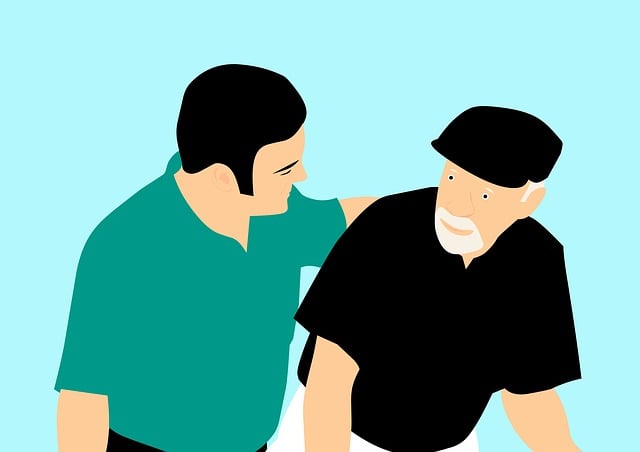In early adulthood, most people are at their absolute peak of fitness and can take part in sports and exercises at a high level or even on a professional basis. However, after the age of thirty, the body starts to go into a phase of general decline. This is slow at first and may not be obviously noticeable. Once the decades pass and people reach their fifties and sixties, there may be some signs of developing health issues. In the later stages of life, as people enter their senior years, health problems can become more common. These must be managed effectively to allow senior citizens to continue to enjoy a full and active life. In this article, three common health conditions will be described in detail, along with some practical ways to manage the effects of these conditions.
Dysphagia
Dysphagia can be an unpleasant and serious condition in elderly people. It occurs when people experience difficulties in swallowing food or liquids and can be extremely problematic as it can dramatically increase the risk of choking on food or drink. There are several causes for this condition which lead to the complex system of muscles in the throat no longer working effectively.
In elderly people it can often occur as the result of experiencing a stroke. The neurological damage that can occur after a stroke can damage the nervous systems that control the swallowing reflexes, and this condition can increase the risk of suffering from pneumonia. Thankfully, one of the key ways to assist older adults with dysphagia is to use types of food-thickening agents that can be added to meals or beverages. For example, pudding consistency thickeners from SimplyThick can be added to this type of dessert and increase the thickness of the food, which in turn makes it far easier to swallow and reduces the risk of gagging or choking.
Loss of bone density
In the later stages of life, it is common for older people to experience a loss of bone density. From the ages of 25 to 50, most people’s bone density stays relatively constant; however, from the age of 50 onwards, bone density loss can accelerate significantly. This can lead to an increased risk of suffering from osteoporosis in later life and may increase the likelihood of an elderly person sustaining fractures after even a minor fall.
One key way to reduce the loss of bone density is to take regular gentle exercise in later life. Walking and using an exercise bike can help to keep the leg bones strong, and using weights to do resistance training and build muscles can also be highly effective.
Type 2 diabetes
Whilst type 2 diabetes can affect any age group, it is more common as people grow old. Risk factors include being overweight or obese and smoking tobacco products for an extended period. Thankfully, type 2 diabetes can be managed effectively with simple lifestyle changes in many cases.
Eating a balanced diet that is low in sugars can help, as can taking regular gentle exercise, which helps the body to regulate its sugar levels. If you are diagnosed with type 2 diabetes, it is important to cease smoking and reduce your alcohol consumption to occasional drinking in moderation.




